The home of Specialist Crafts, supplying Irish classrooms for over 20 years ![]()
Checkout using your account
This form is protected by reCAPTCHA - the Google Privacy Policy and Terms of Service apply.
Checkout as a new customer
Creating an account has many benefits:
- See order and shipping status
- Track order history
- Check out faster
Art and Social Justice: Creative Activism in the Classroom

From cave paintings to street murals, art has always been a way of speaking when words fall short. For today’s students, facing the realities of climate change, inequality and identity, creative activism offers both a safe space and a powerful platform. When art becomes activism, lessons move beyond skill to meaning, giving young people the chance to turn feelings into statements.
From Self to Society
In schools, art can connect the deeply personal with the widely shared. A sketch about anxiety can become part of a wider conversation about mental health; a mural celebrating cultural diversity can spark pride across a whole community. These acts don’t need to be grand protests to matter. They remind students that their experiences have value and that visual expression can ripple outwards.
Artists have been doing this for centuries. Käthe Kollwitz turned the grief and hardship of ordinary families into powerful etchings.
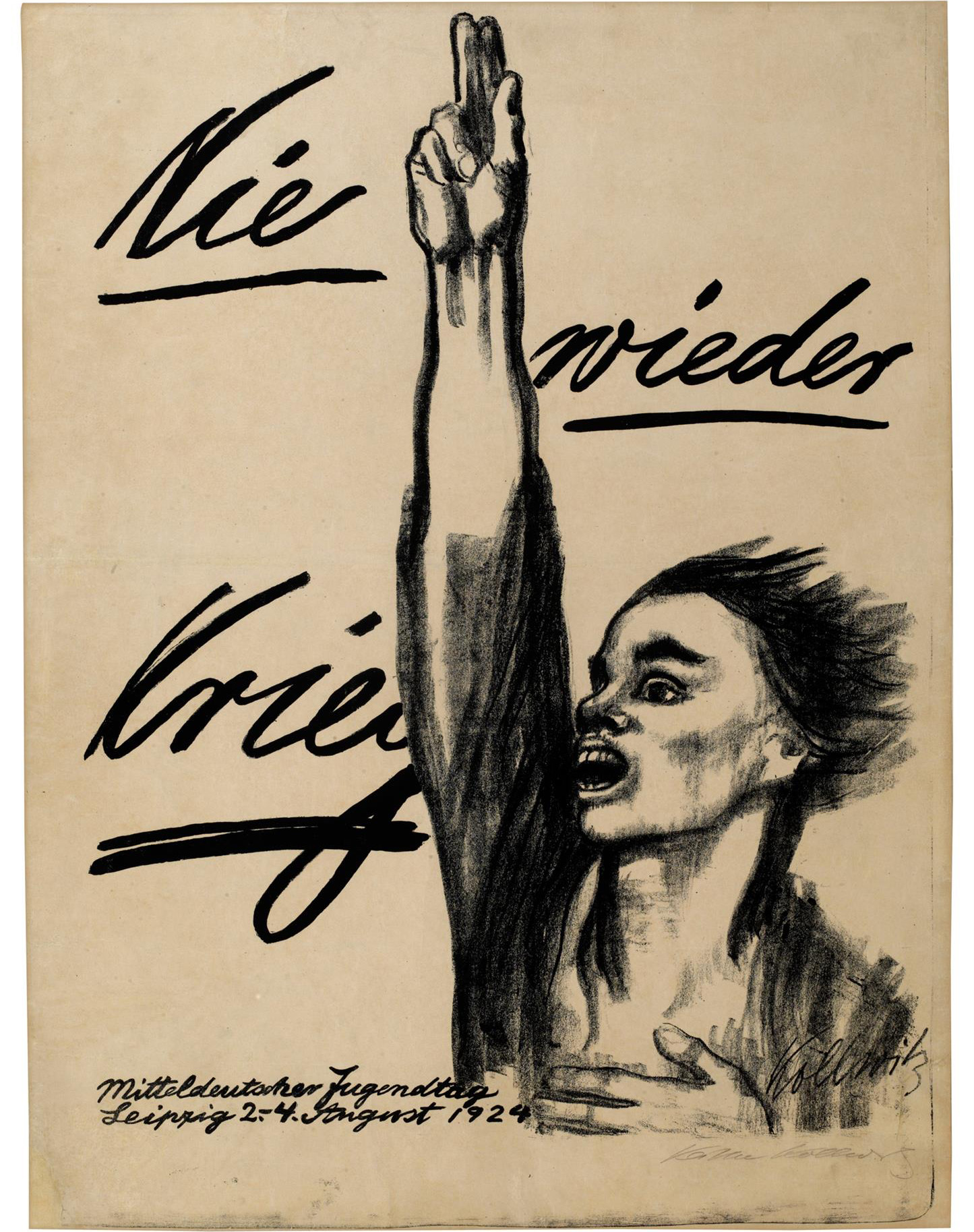

Käthe Kollwitz, “Never Again War” (Poster, 1924), crayon and brush lithograph (transfer), Kn 205 III b, Cologne Kollwitz Collection, Käthe Kollwitz Museum Köln.
Banksy brings biting commentary on war, consumerism and the environment to unexpected street corners, where anyone can see them.
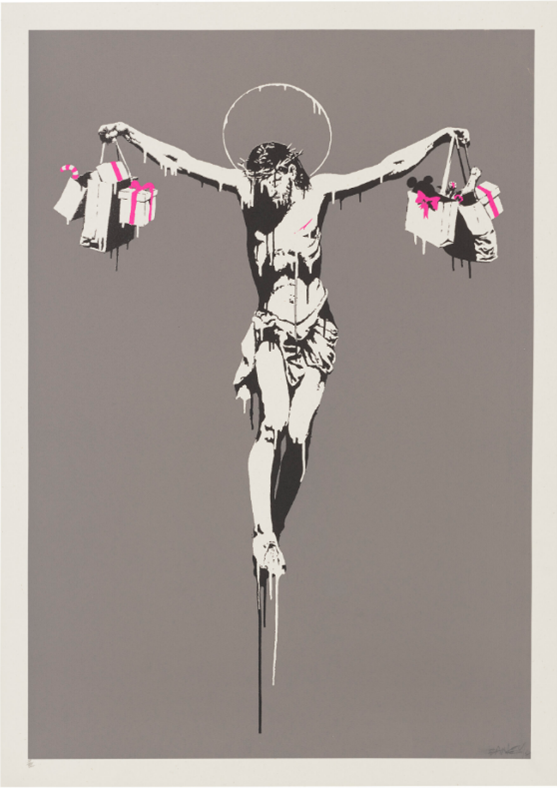

Banksy, Christ with Shopping Bags, 2004. Screen-print in colours on wove paper, 70 × 50 cm. Edition of 82 signed. (Also known as “Consumer Jesus.”)
And Wayne Binitie has been exploring climate change through the lens of science and art. In collaboration with the British Antarctic Survey, he created Ice Floor as part of the “Aesthetics of Water” project. The installation is immersive, visitors are invited to experience ice core research visually and spatially, reflecting on the fragility of polar environments and how each sample holds clues about our changing planet.
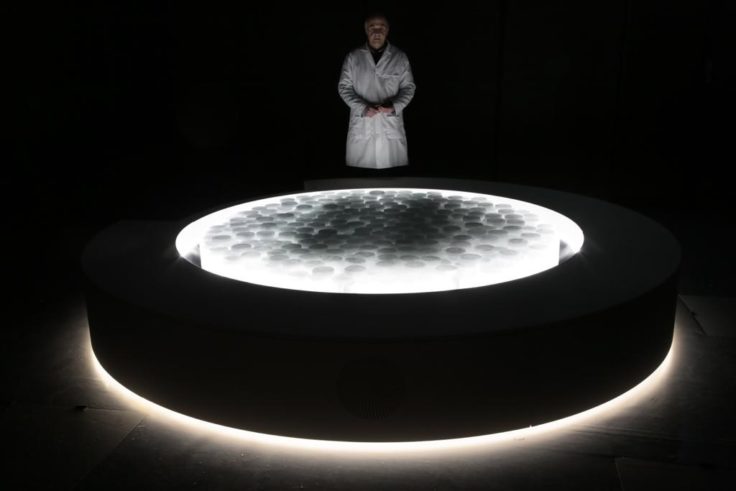

Wayne Binitie, Ice Floor, 2019. Installation in collaboration with the British Antarctic Survey
Another recent show is Can the Seas Survive Us? at the Sainsbury Centre in Norfolk. Among its works is Boris Maas’s The Urge to Sit Dry, an oak chair raised to the height that future sea levels could reach in the Netherlands, turning an ordinary object into something deeply meaningful.
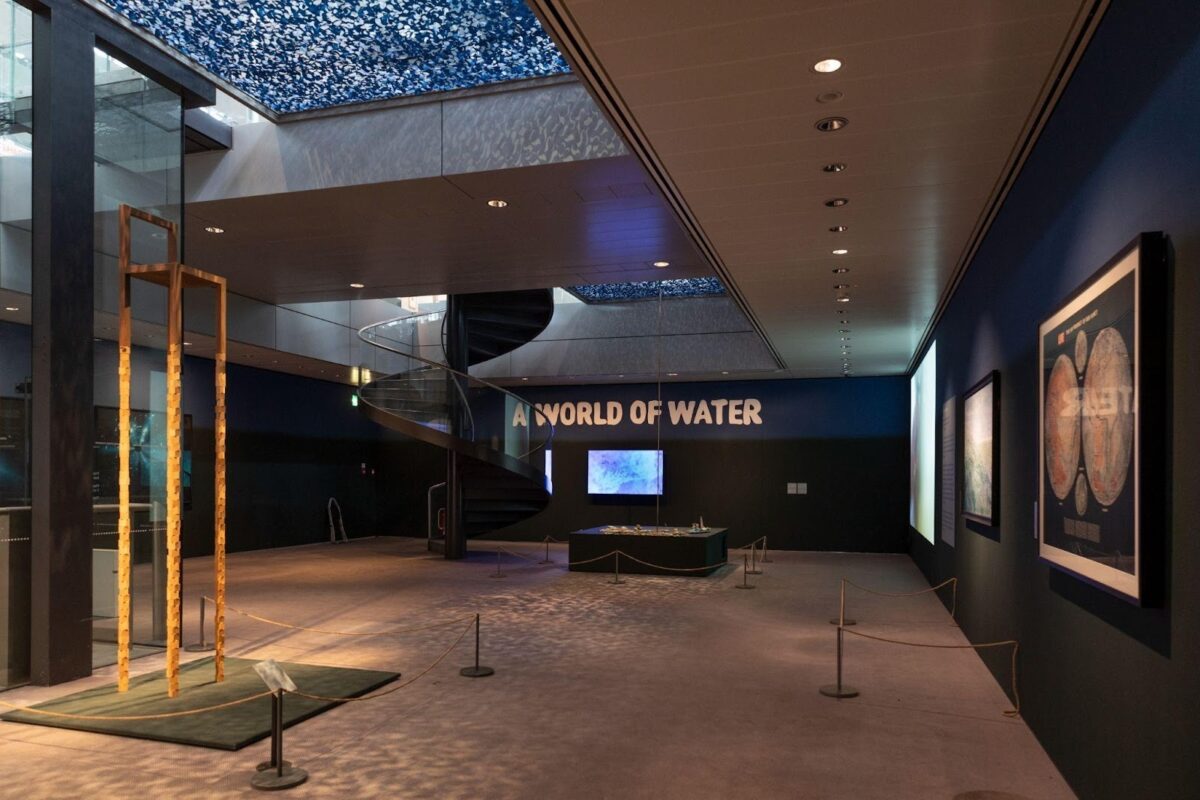

Boris Maas, The Urge to Sit Dry, 2024. Featured in A World of Water exhibition, Sainsbury Centre, Norwich. (Tabish Khan / FAD Magazine)
Classroom Practices
Bringing activism into the art room can start small. It’s about giving students the freedom to choose themes that matter to them and the space to express their voices. From there, projects can grow into powerful statements, whether they’re individual pieces or collaborative work. Here are a few ways to introduce creative activism into the classroom:
Protest posters:
Students can design vibrant, POSCA-based posters around themes like recycling, climate justice or equality. The bold pigment of paint markers echoes the immediacy of historic campaign graphics.
Collaborative murals:
Tackling themes such as sustainability, students can work together to transform a wall, board or even rolls of cartridge paper into a shared statement. The right surfaces and brushes make scale less intimidating and encourage bolder choices.
Unusual surfaces:
Skateboards, fabric scraps, or recycled packaging become canvases for expression, showing that activism is about rethinking not just what we say but how we say it. Paint markers and acrylics are versatile enough to grip these unconventional materials.
Identity projects:
Mixed-media self-portraits exploring gender, heritage or values allow young people to articulate what shapes their world. Collage materials, inks and pastels can all be combined to deepen that conversation.
Each activity nurtures both technical skill and social awareness, encouraging students to see art as conversation as well as creation.
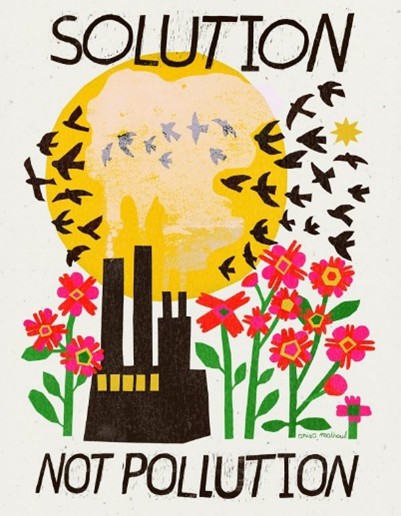

Anisa Makhoul – @anisamakhoul








